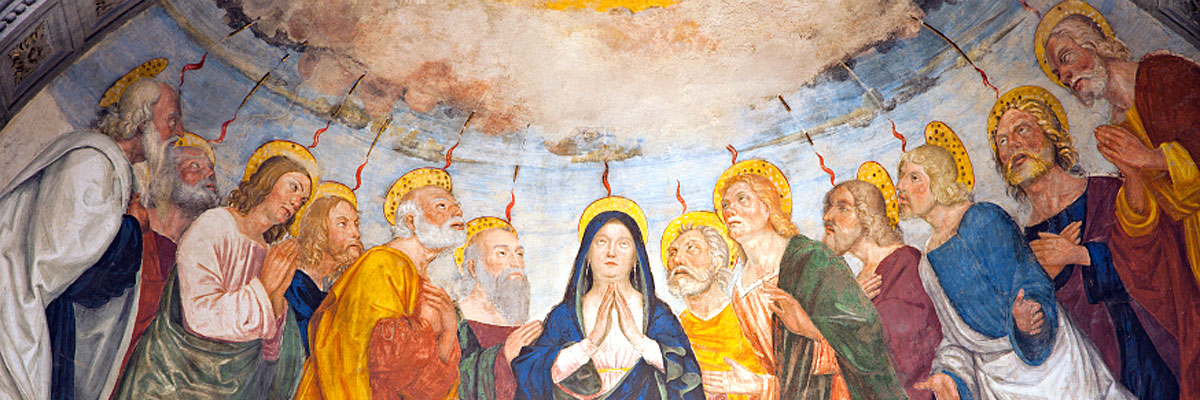
Understanding Our Church
A Treasury of Arkansas Writers Discussing the Catholic Faith
Official Website of the
Catholic Diocese of Little Rock
The sacraments are encounters with the saving mysteries of Christ
Published: October 19, 2002
By Charles T. Sullivan
The word sacrament comes from a Latin translation of the Greek mysterion, which was used by the early Church Fathers to express the “mystery of God in Christ.” The Church proclaims and celebrates this mystery of Christ in her liturgy so that the faithful may draw life from it and be strengthened to bear witness to it in the world. “Every liturgical action, especially the celebration of the Eucharist and the sacraments, is an encounter between Christ and the Church.” (Catechism of the Catholic Church, 1097)
Through the sacraments, the faithful cling to the Lord and find in him grace and life. “The Baltimore Catechism” defined sacraments as “outward signs instituted by Christ that give grace.” We could also say that these special liturgical signs signify what they effect and effect what they signify. The sacraments are channels of grace that build and constitute the Church and consequently have a direct bearing on our Christian life.
Willed by the Father and accomplished through the workings of the Holy Spirit, the passion and death of the Lord Jesus brought eternal life to a fallen world. By means of the sacraments, we become participants in this saving paschal mystery of Christ. St. Thomas Aquinas explained that our inclusion into the mystery has three dimensions.
First, the sacraments are memorial signs of the work of our redemption, a work that has taken place once and for all. Secondly, they are contemporary signs of salvation that announce and bestow divine life and favor. Thirdly, the sacraments are prophetic anticipations and signs of hope. The sacramental signs of the Church form a single, unified whole and there is a hierarchy among them. The two cornerstones of the sacramental structure are baptism and the holy Eucharist.
The Eucharist is the most important sacrament since all other sacraments flow from it and bring us back to it. In the words of St. Dionysius, the Eucharist is the supreme sacrament or the “Sacrament of sacraments.” Three sacraments of initiation lay the foundation of every Christian life. “The faithful are born anew by baptism, strengthened by the sacrament of confirmation, and receive in the Eucharist the food of eternal life.” (CCC, 1212)
Through the sacraments of Christian initiation, we receive a new life in Christ. And yet, our mortal bodies are subject to corruption and our new life as a child of God can be weakened or even lost by sin. Two sacraments of healing, reconciliation and anointing of the sick, have been instituted to answer the spiritual and physical needs of Christians.
Finally, two sacraments of vocation (or sacraments at the service of the Church) provide the framework for the life of the Church as a whole. “Holy orders and matrimony are directed primarily toward the salvation of others. If they contribute as well to personal salvation, it is through service to others that they do so.” (CCC, 1534)
Holy orders is the sacrament through which the mission entrusted by Christ to his apostles continues to be exercised in the Church until the end of time. It includes three degrees: episcopate, presbyterate, and diaconate. Christian matrimony signifies the union of Christ and the Church. This sacrament gives spouses the grace to love each other with the love that Christ has for the Church.
The Church is herself the universal sacrament of salvation for she not only signifies or points to Christ but also makes Christ present. As signs of Christ that bring about the realities they signify, the individual sacraments are also signs of the Church, which is the mystical body of Christ. In and through the Church, then, we encounter the Lord Jesus and his saving grace — both in his holy word and by means of his seven special signs of faith, the sacraments.



